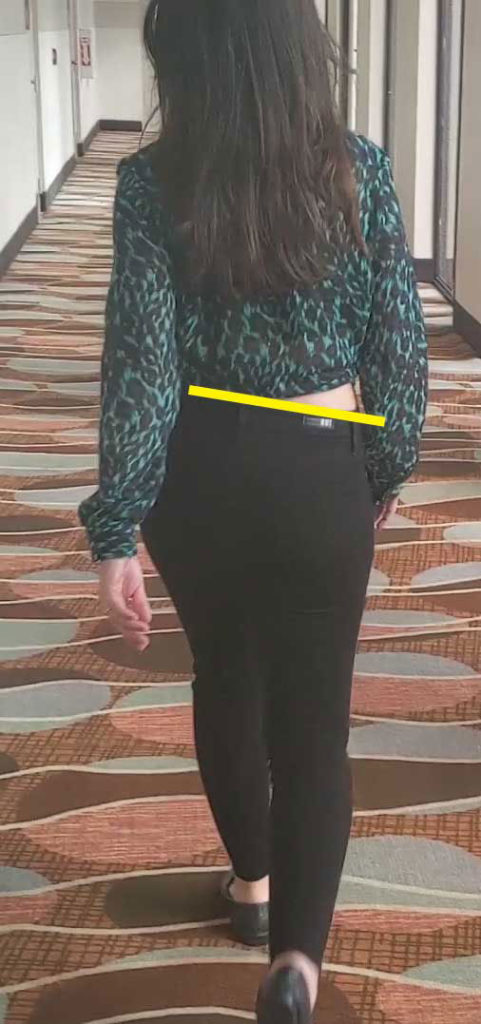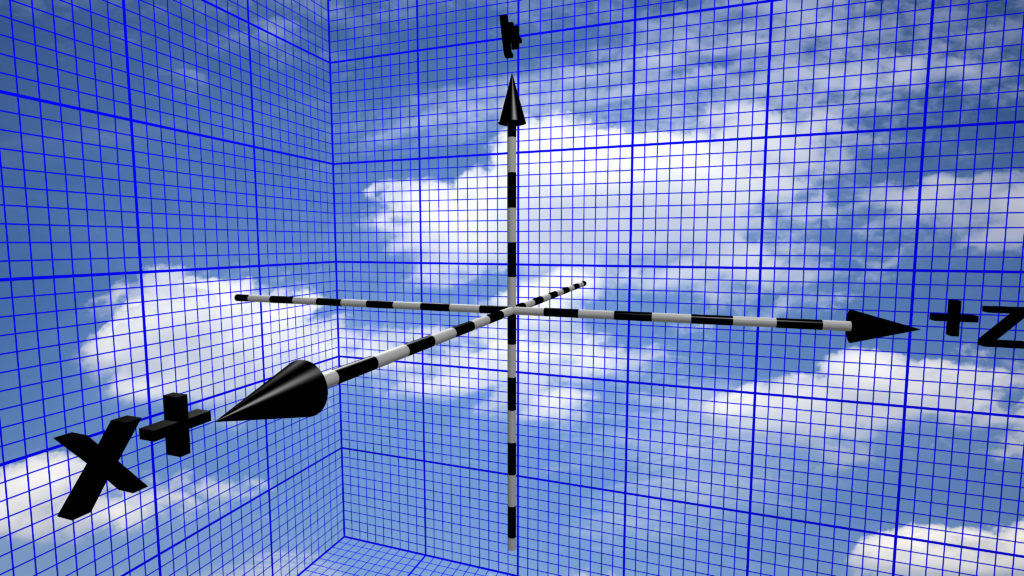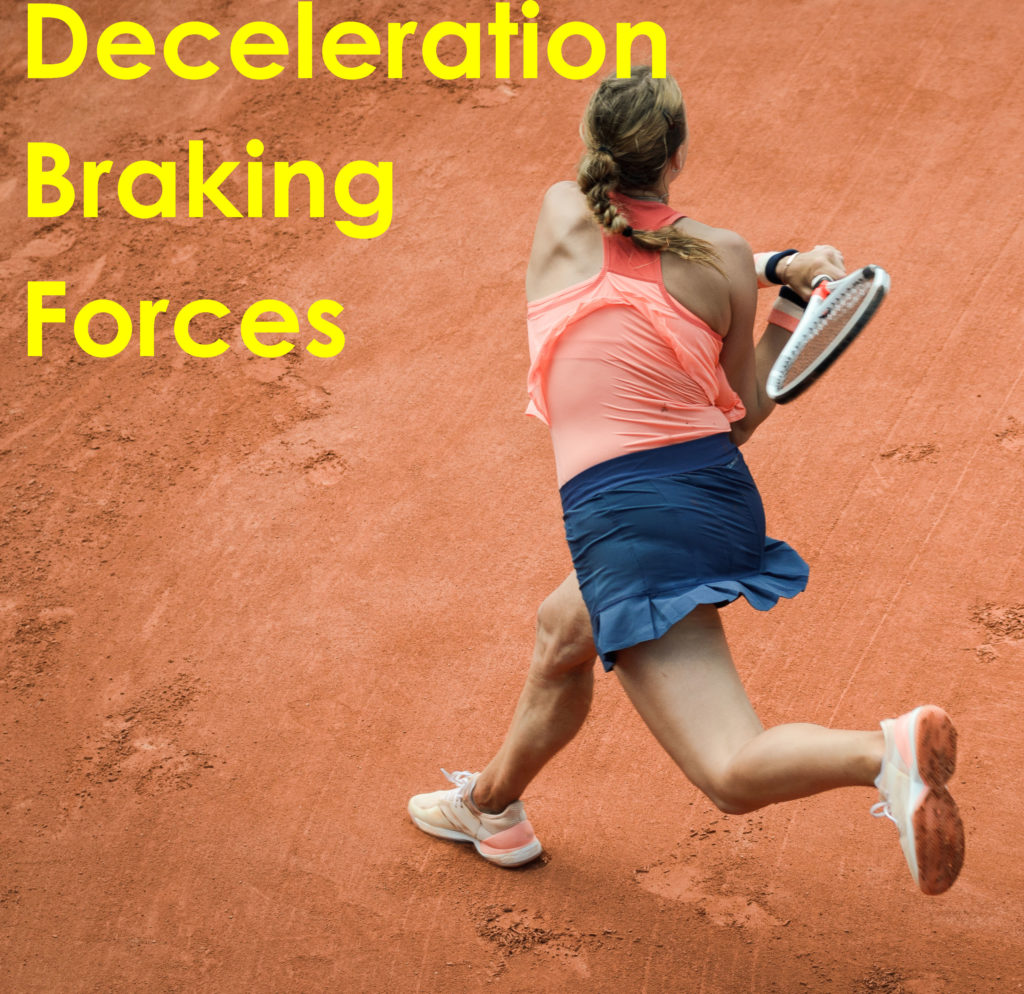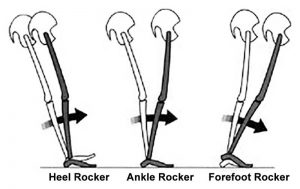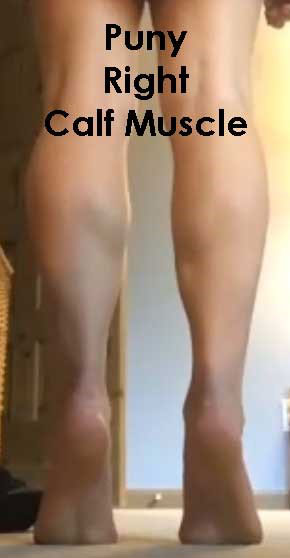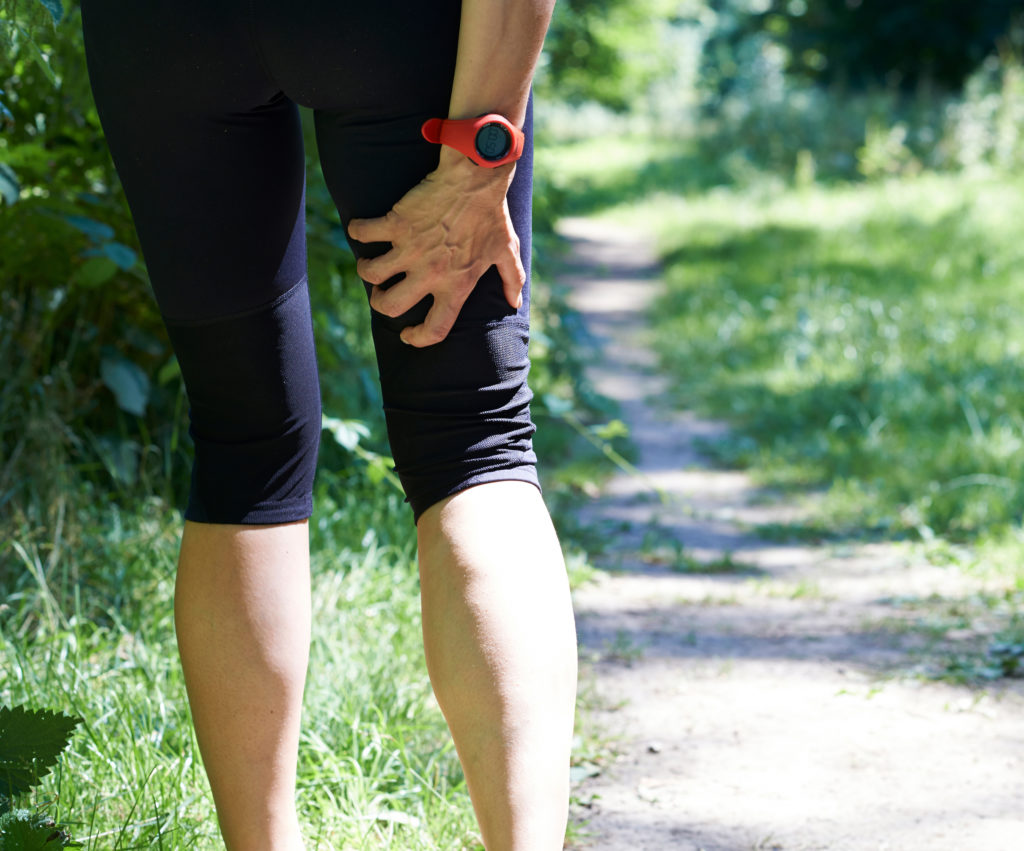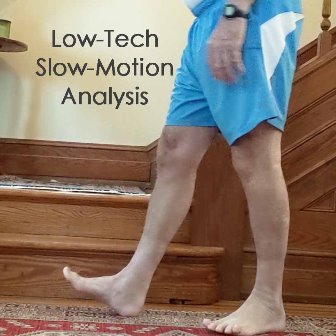Foot & Ankle
Surgery vs non-surgical intervention -Decision for musculoskeletal pain syndrome
When deciding whether to proceed with irreversible intervention such as elective or discretionary orthopedic surgery it is essential to consider the biases of the surgeon, non-surgical healthcare provider, and the patient. For many orthopedic injuries especially nontraumatic or less acute musculoskeletal pain syndromes surgery can be an intervention option. For many if not most musculoskeletal…
Read MoreSensory preference & learning optimal movement
There are many cognitive strategies to cue, prompt, and provide feedback to improve movement. Theory of focus of attention The dominant theory proposed by Gabriele Wulf and colleagues is providing cueing, prompting, or feedback to facilitate learning to move in a more optimal way is using an external focus of attention is more effective and…
Read MoreOptimizing human movement requires clarity of description of movement
To know where you are going you must first know where you are. To optimize human movement, analysis of human movement is required. To identify optimal human movement clear qualitative and quantitative descriptions are needed. When describing human movement confusion occurs when we fail to clearly identify a frame of reference and reference point. A…
Read MoreAdding observation of deceleration forces to diagnosis & treatment of movement system impairment syndromes & musculoskeletal pain syndromes
Shirley Sahrmann and colleagues share an elegant clinical reasoning process model to diagnose and treat musculoskeletal pain syndromes and movement system problems. The movement system is physiological organ systems that interact to produce movement of the body and its parts. The basis is alignment in a deviant position and repeated deviant movements in a…
Read MoreGait deviations clustering gait deviations – injury – new data
In a previous blog article, I discussed the question “Is there a gait deviation or cluster of gait deviations which is common across musculoskeletal pain syndromes?” The consensus is currently there is no definitive evidence suggesting one gait deviation or cluster of gait deviations occurs more frequently or is more important than another. More research…
Read MorePuny Calf Muscles Syndrome
It is time to replace the common belief that stretching exercises should occur before exercise or sporting activity with a newer concept that strengthening exercises for the calf muscles should occur before exercise or sporting activities. During warm up for exercise & sporting activity make a conscious effort to walk with spring in your step. Reactivating & reversing puny calf muscles can prevent injury, increase athletic performance, forestall old person shuffle, & look better.
Read MoreClinical Predictive Rules for Management of Plantar Heel Pain
Medical professionals rely on clinical practice guidelines to have better outcomes, lower utilization of care, and lower costs. These guidelines have limited value since they often fail to keep up with new research findings or recently available diagnostic or therapeutic interventions. For example: clinical practice guidelines are available for plantar heel pain (plantar fasciitis) from…
Read MorePotential Prevention Strategy for Exercise Associated Muscle Cramps
Exercise associated muscle cramp (EAMC) is a painful, spasmodic, and involuntary contraction of muscle that occurs during or immediately after exercise. The exact mechanism or cause of EAMC still remains unclear. There is a consensus the first aid treatment of EAMC is to stretch the affected muscle. However, Coppin and colleagues conclude that regular stretching…
Read MoreGait Deviations Musculoskeletal Pain Syndromes: Is there a gait deviation or cluster of gait deviations which is common across musculoskeletal pain syndromes?
Gait deviations are considered risk factors and/or causative drivers for musculoskeletal pain syndromes. There is a growing body of research showing a relationship between gait deviations and musculoskeletal pain syndromes injuries: shin pain (here, & here,) ; patella-femoral arthralgia (here); IT band syndrome; Achilles pain; plantar heel pain (here, & here). There is growing consensus…
Read MoreLow-Tech Slow-Motion Analysis – “Dance Step to Nowhere
NDeviant movement during walking contributes to the development of or compensation for musculoskeletal pain syndromes. Diagnosis and treatment occur with visual observation and analysis of gait. The use of a smartphone video facilitates the analysis of motion walking. However, there are times when less technological motion analysis is necessary. When dealing with painful musculoskeletal syndromes…
Read More

